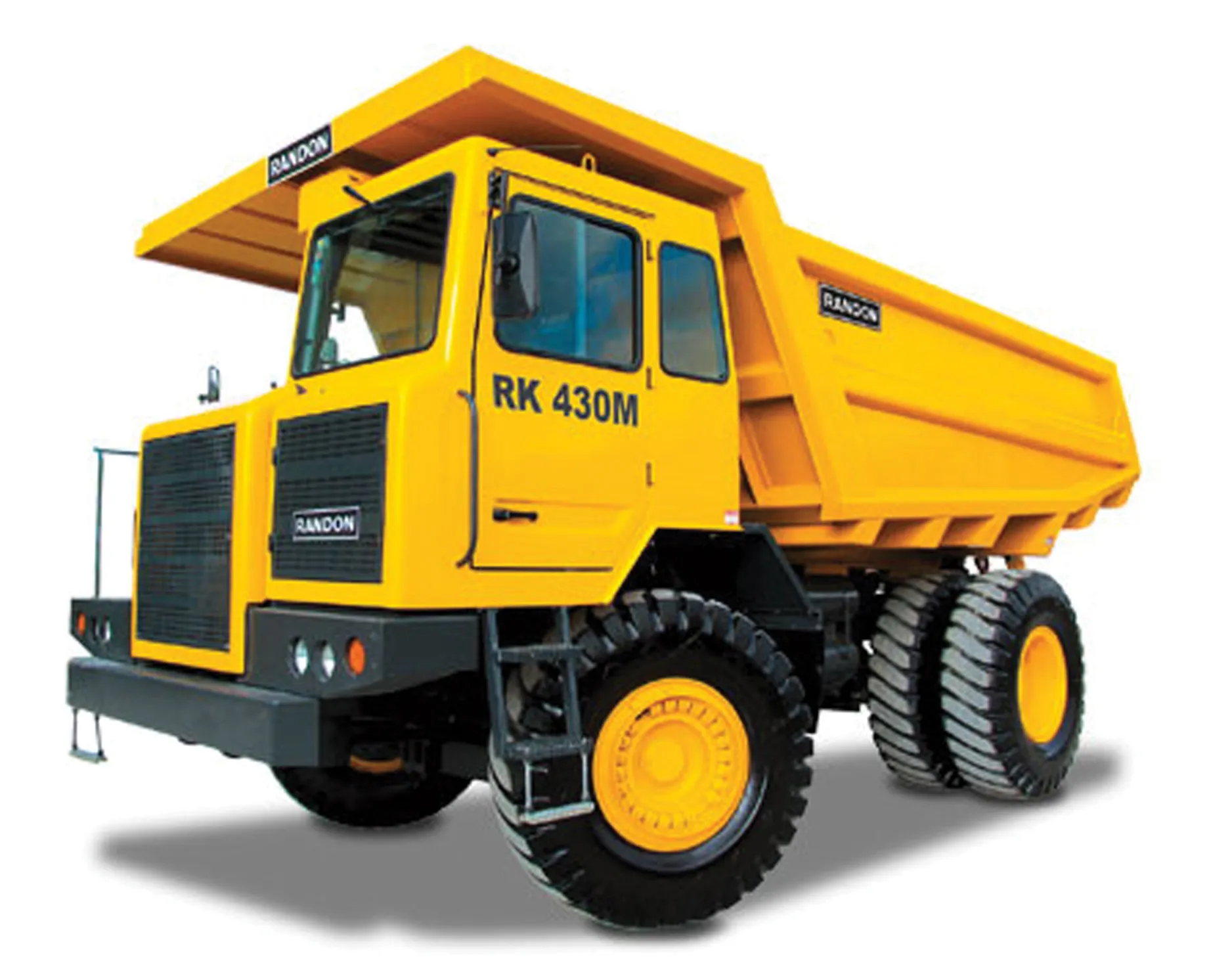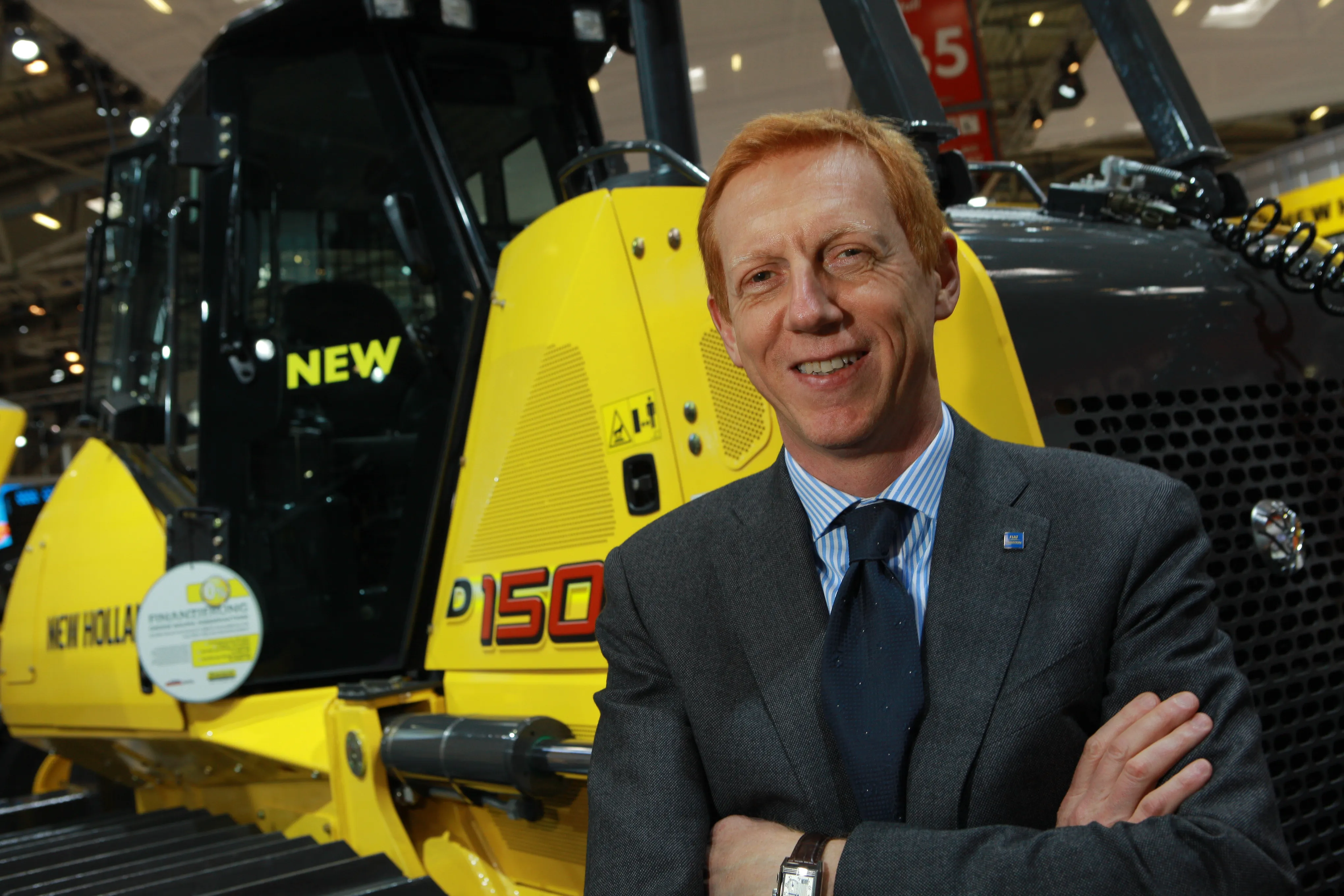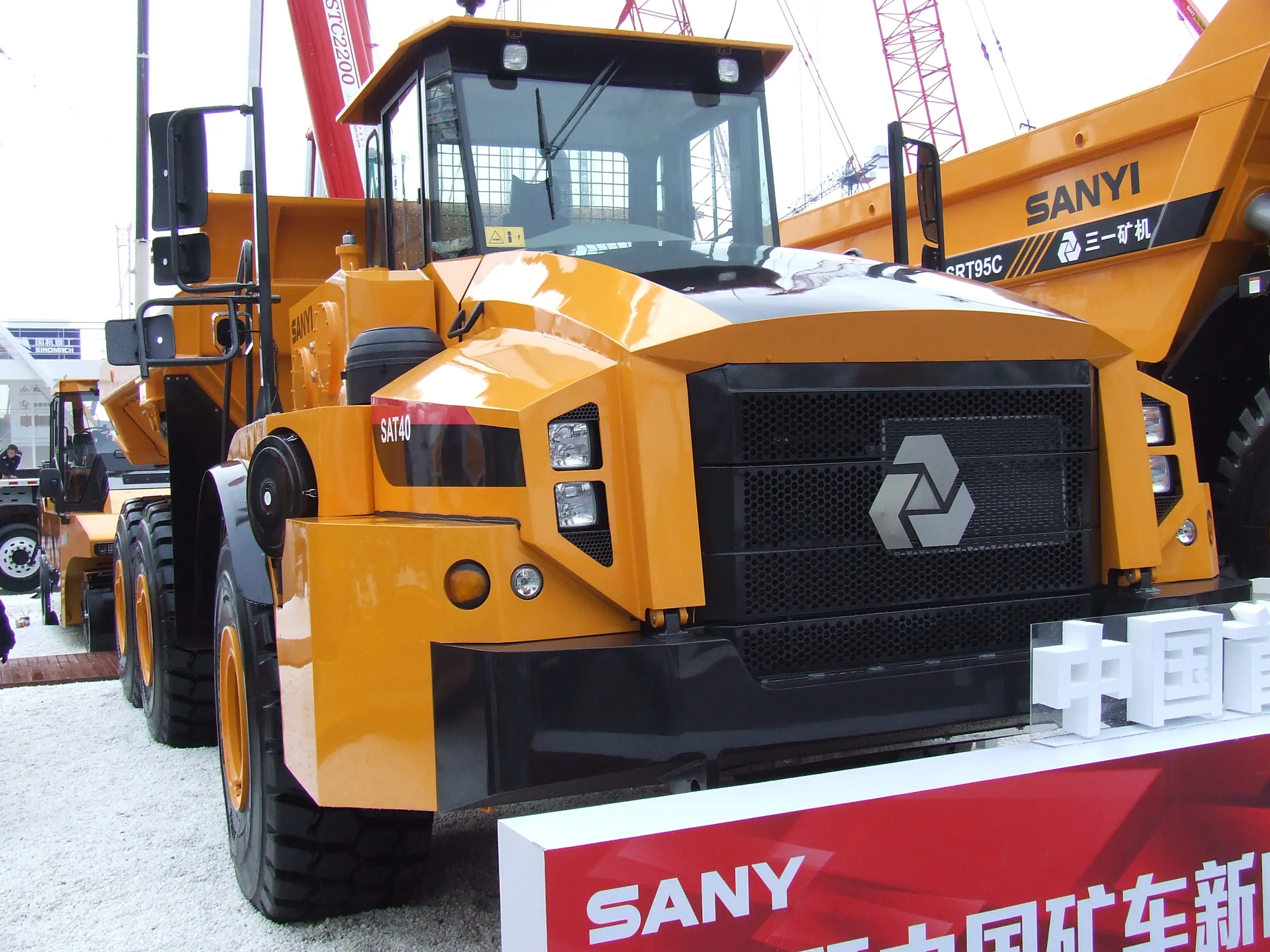Construction of the east stretch of the Rodoanel is an important municipal highway project in São Paulo, Brazil, and significant to national infrastructure development. The project relies heavily on Randon trucks equipped with Allison fully automatic transmissions, which are also used at other construction sites in Brazil, due in part to participation in a government infrastructure growth acceleration programme, Programa de Aceleração do Crescimento (PAC). Many national infrastructure construction projects
April 12, 2013
Read time: 2 mins

Construction of the east stretch of the Rodoanel is an important municipal highway project in São Paulo, Brazil, and significant to national infrastructure development.
The project relies heavily on1241 Randon trucks equipped with Allison fully automatic transmissions, which are also used at other construction sites in Brazil, due in part to participation in a government infrastructure growth acceleration programme, Programa de Aceleração do Crescimento (PAC).
Many national infrastructure construction projects are being completed using trucks produced by Randon Veículos, most equipped with an Allison 4430ORSR.
“The advent of large infrastructure projects and new hydroelectric power plants will certainly bring new opportunities to construction equipment manufacturers, including Randon,” says Alvonir Anderle, general manager for Randon Veículos.
According to Carlos Augusto Roma,3713 Allison transmission's national sales manager for Brazil, the partnership with Randon is tremendously important for both brands.
“Experience has shown that our transmissions are efficient in a wide variety of applications,” he says.
After business opportunities were identified in 2005 an association resulted with the configuration of a 4000 Series fully automatic transmission being fitted to Randon trucks.
The project relies heavily on
Many national infrastructure construction projects are being completed using trucks produced by Randon Veículos, most equipped with an Allison 4430ORSR.
“The advent of large infrastructure projects and new hydroelectric power plants will certainly bring new opportunities to construction equipment manufacturers, including Randon,” says Alvonir Anderle, general manager for Randon Veículos.
According to Carlos Augusto Roma,
“Experience has shown that our transmissions are efficient in a wide variety of applications,” he says.
After business opportunities were identified in 2005 an association resulted with the configuration of a 4000 Series fully automatic transmission being fitted to Randon trucks.







